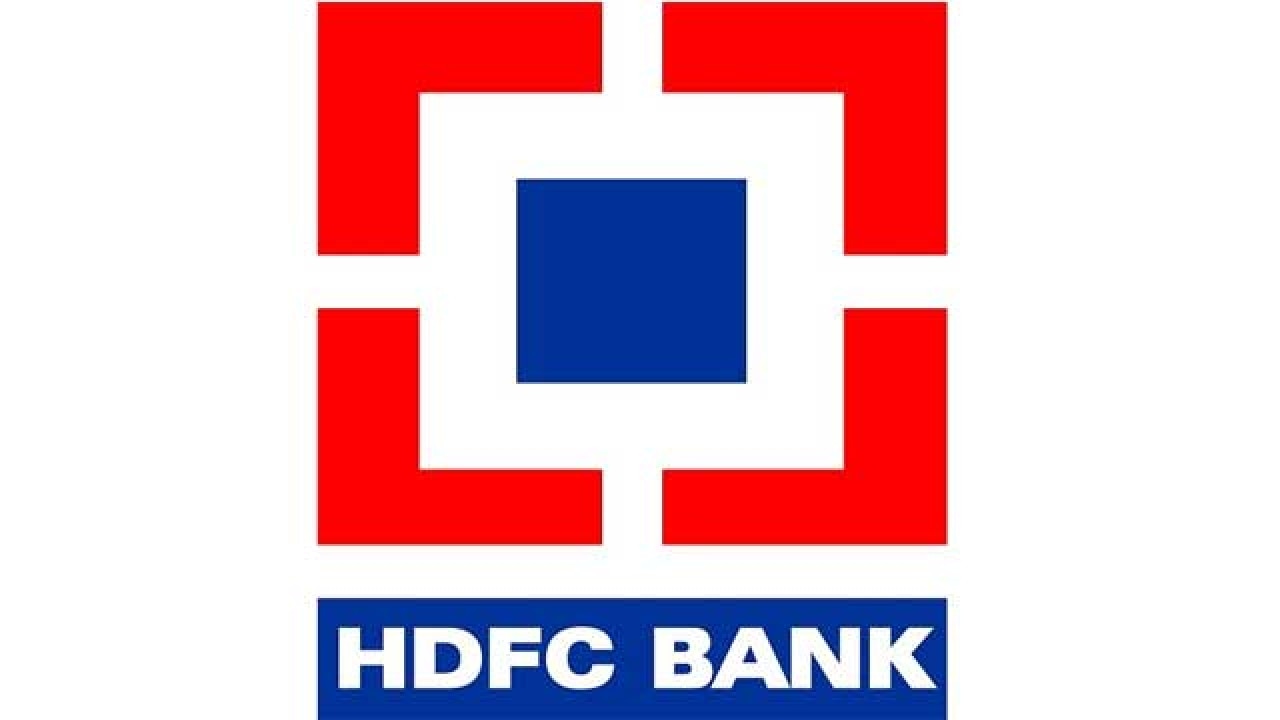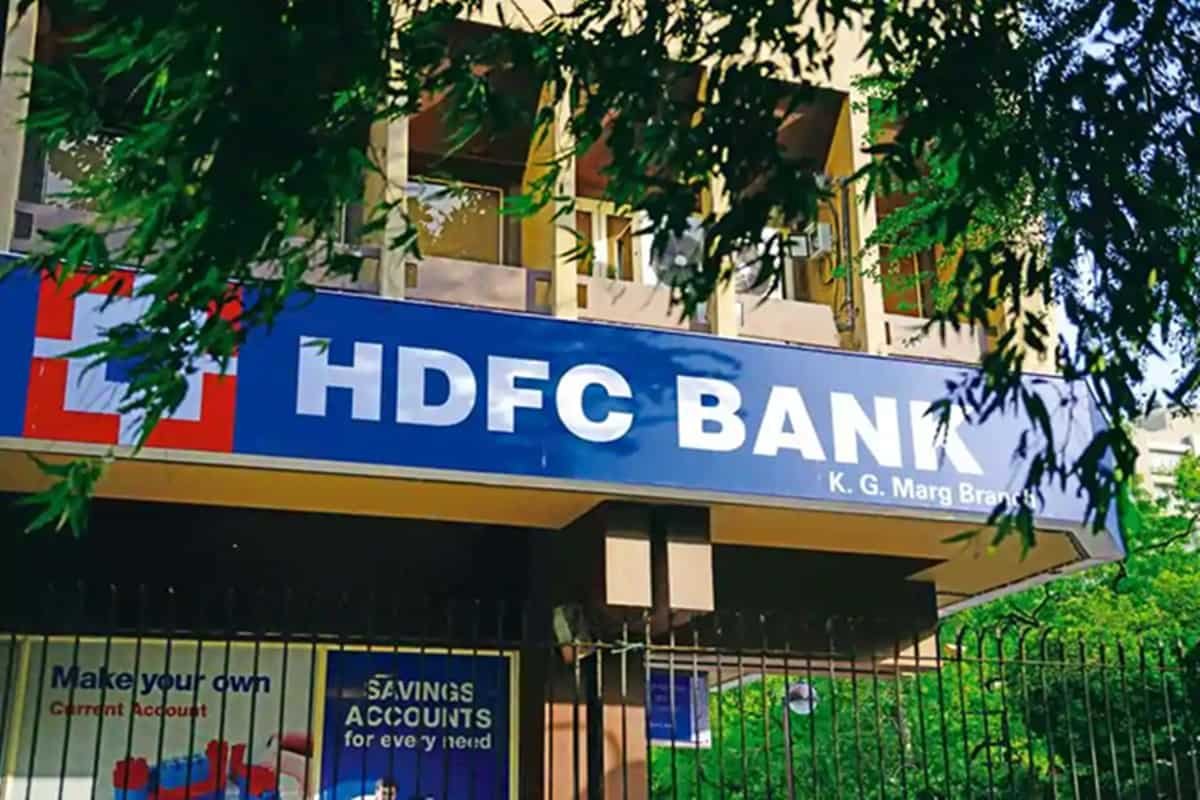HDFC Bank Q1 Preview: Net profit expected to soar 26% YoY; margins in focus

HDFC Bank Q1 Preview: Net profit expected to soar 26% YoY; margins in focus
Analysts anticipate that HDFC Bank, the largest private sector lender in India, will announce a strong 26 percent growth in net profit for the first quarter of the fiscal year. The bank’s asset quality is expected to remain stable during this period. However, there may be some pressure on margins, according to analysts’ projections.
HDFC Bank, following its merger with HDFC, is expected to announce a net profit of around Rs 11,584 crore for the first quarter of the fiscal year. This projection, based on estimates from four brokerages, represents a significant 26 percent year-on-year increase. In the same period of the previous fiscal year (Q1 FY23), the bank had reported a standalone net profit of Rs 9,196 crore.

However, when compared to the preceding quarter (Q4 FY23), the net profit is anticipated to show a decline from Rs 12,047.45 crore. The sequential decrease in net profit suggests that the bank may face certain challenges or factors impacting its profitability during the first quarter of the current fiscal year.
Analysts anticipate that HDFC Bank’s net interest income (NII), which represents the difference between interest earned and interest paid, will increase by 21 percent to Rs 23,553 crore in the first quarter of the fiscal year, compared to Rs 19,481 crore in the same period last year.

However, the net interest margins (NIMs), a crucial indicator of profitability, are expected to experience a slight decline of up to 10 basis points (bps) from the 4.1 percent recorded in Q1 FY23.
This potential decrease in NIMs is attributed to elevated funding costs for domestic banks, coupled with limited benefits from material repricing of lending yields. These factors, as highlighted by analysts, may contribute to a slight compression in HDFC Bank’s net interest margins during the first quarter of the fiscal year.
Q1 Update
BNP Paribas analyst Santanu Chakrabarti noted that the Indian banking sector experienced year-on-year credit growth momentum in the mid-teens during the first quarter of the fiscal year 2024. This is expected to result in high-teens credit growth for most large banks, particularly in segments like retail and SME loans. However, Chakrabarti highlighted that HDFC Bank’s year-on-year growth of only 10.7 percent in CASA (Current Account and Savings Account) deposits suggests that the overall CASA growth in the banking system remains weak.
Earlier this month, HDFC Bank provided a lackluster Q1 business update, which disappointed the market and investors. The bank’s performance fell short of expectations, potentially leading to concerns among market participants.
HDFC Bank’s advances, which represent its loans and credit portfolio, reached approximately Rs 16.15 lakh crore for the quarter ending June 30. This marks a significant year-on-year growth of nearly 15.8 percent compared to Rs 13.95 lakh crore in the same period last year. On a quarter-over-quarter basis, advances grew by approximately 0.9 percent compared to Rs 16 lakh crore in the previous quarter (Q4 FY23).
In terms of deposits, HDFC Bank experienced a substantial year-on-year increase of 19.2 percent for the quarter, reaching Rs 19.13 lakh crore. This compares to Rs 16.04 lakh crore in Q1 FY23. On a sequential basis, deposits rose by 1.6 percent from Rs 18.83 lakh crore in the previous quarter (Q4 FY23), indicating sustained growth in the bank’s deposit base.
These figures indicate that HDFC Bank has witnessed steady growth in its advances and deposits, reflecting its ability to attract customers and expand its lending and deposit operations. The strong performance in both segments highlights the bank’s position in the market and its ability to meet the financing needs of various sectors and individuals.
CASA (current accounts and savings accounts) deposits, which are considered a cost-effective source of funds for banks and contribute to their net interest margins (NIMs), amounted to Rs 8.13 lakh crore. This represents a 10 percent year-on-year growth. However, on a quarter-over-quarter basis, CASA deposits declined by 2.7 percent from Rs 8.36 lakh crore at the end of March.
The decrease in CASA deposits from the previous quarter may indicate some shifts in deposit patterns or the reallocation of funds by customers. Nonetheless, CASA deposits continue to play a significant role in supporting the bank’s funding base and contributing to its profitability through favorable NIMs.
According to various research reports, HDFC Bank’s earnings expectations have been revised downwards following the release of the business update. Nuvama Research highlights disappointing loan and deposit growth, with loan growth of 0.9 percent and deposit growth of 1.6 percent on a quarter-over-quarter basis, falling short of expectations. Consolidated loan growth of 15 percent year-on-year and 0.7 percent quarter-over-quarter also missed the guidance of 18 percent year-on-year. Standalone net interest margin (NIM) is expected to remain stable quarter-over-quarter, while slippage is anticipated to rise due to higher agri slippage, which is typical in the first quarter.
Prabhudas Lilladher echoes concerns about agri slippages impacting asset quality, projecting a rise in the slippage ratio from 1.26 percent to 1.46 percent. Emkay Research predicts slower business growth, moderating NIMs, and slightly higher operating expenses and provisions, potentially restraining Q1 profit growth for HDFC Bank. Slippages are expected to increase quarter-over-quarter due to seasonal high non-performing assets (NPAs) in the agri portfolio.
However, analysts remain optimistic about the banking sector’s resilience, healthy credit growth, and stable policy and interest rate environment. They anticipate steady asset quality for HDFC Bank, with gross NPAs at 1.12 percent and net NPAs at 0.27 percent in the previous quarter. Overall, Indian banks have shown improving asset quality over the past few years, as reflected in the declining gross NPA ratio to a 10-year low of 3.9 percent in March 2023, according to RBI data.
HDFC Bank’s total Capital Adequacy Ratio (CAR) as per Basel III guidelines stood at 19.3 percent, well above the regulatory requirement of 11.7 percent. Provisions and contingencies for the quarter ended March 31, 2023, amounted to Rs 2,685.4 crore.
Regarding the merged entity of HDFC Bank and HDFC, gross advances increased by 13.1 percent year-on-year and 0.7 percent quarter-over-quarter to reach Rs 22.45 lakh crore. Deposits grew to approximately Rs 20.63 lakh crore, up 16.2 percent year-on-year and 1.2 percent quarter-over-quarter. The merged entity’s average liquidity coverage ratio for the quarter stood at around 120 percent on a proforma basis.




